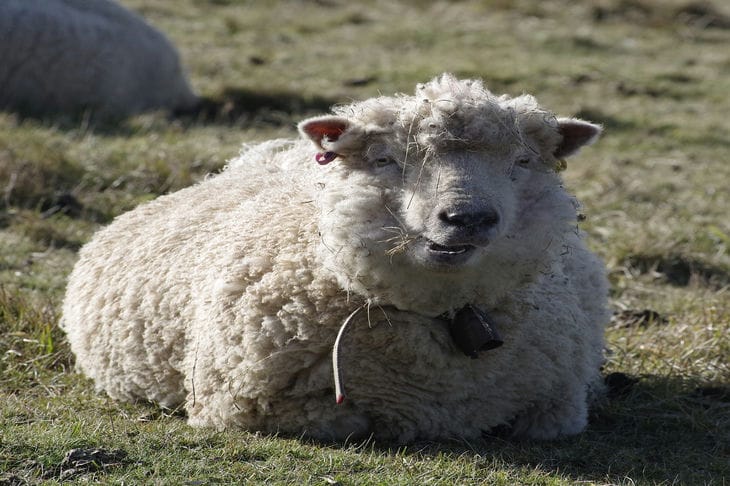Why Merino Wool Is So Expensive: The Truth About Merinos
Wool itself is quite expensive, but quality wool always costs even more.
An example is clothing made from merino wool, which, as reported by ADVICE.NEWS , is unrivaled in quality.
But why does it cost so much? Let's figure it out together.
Breeding Merino Sheep
Merino sheep, the source of Merino wool, require special care and conditions to stay healthy and continue to produce wool.
In addition, skilled shepherds are often hired to ensure the welfare of Merino sheep, which increases the overall cost of production.

High quality wool fibers
The wool fibers of Merino sheep are finer and softer than those of ordinary sheep breeds.
Finer fibers give the finished fabric a softer, more luxurious look.
Careful production process
But to get such a soft and luxurious product in the end, it takes a careful process to transform raw merino wool into usable fabric.
It involves cleaning, sorting and processing the wool to maintain its quality, which requires experience and time.
Exceptional properties
Merino wool is known for its exceptional properties, including breathability, moisture wicking and insulation.
These qualities contribute to its popularity and desirability in a variety of applications such as outdoor clothing and equipment.
Market demand and limited supply
The high demand for merino wool, due to its superior qualities, affects its market price.
The limited supply of merino wool compared to other types of wool further increases its cost.
Comfort and performance of the final product
The comfort and performance of the finished fabric made from merino wool justify the higher price.
Consumers often find the luxury and functional properties of merino wool worth the investment.
Previously, we looked into the characteristics of a breed such as the cocker spaniel .
